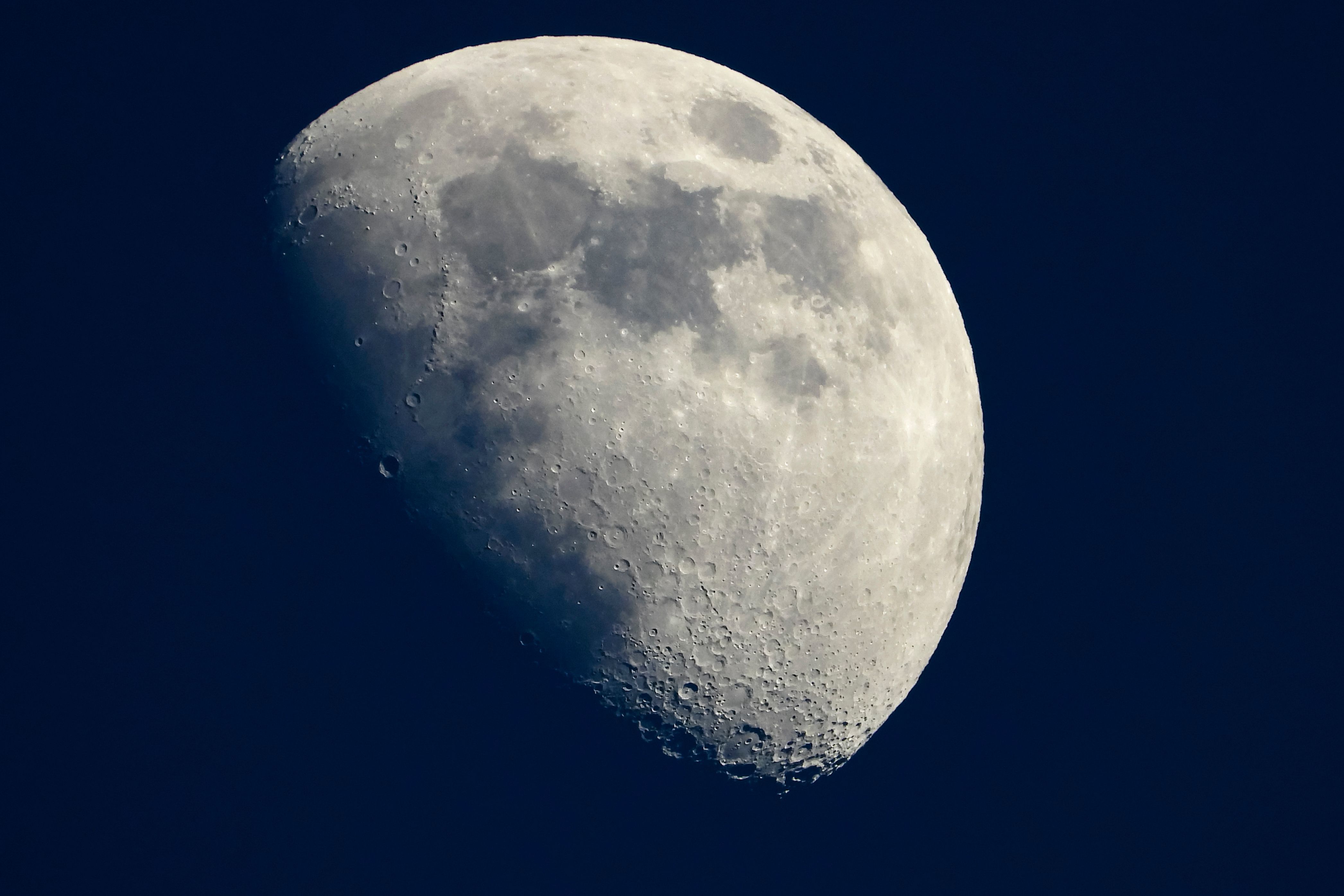Create a free profile to get unlimited access to exclusive videos, sweepstakes, and more!
With Artemis mission, NASA aims to put a woman on the moon within 5 years

NASA’s renewed focus on returning people to the moon now has a name, and it’s one that looks both back to the past and ahead to the future as the agency makes its most vocal boast yet that the next person to set foot on the lunar surface will be an American woman.
NASA Administrator Jim Bridenstine unveiled the mission’s name — Artemis — during a press call this week, reports Ars Technica. It’s a name that bears a strong connection to the agency’s groundbreaking past: Artemis, also known by the Roman name Diana, is the sister of Apollo in the Greek mythos for which NASA’s historic Apollo moon missions were originally named.
But it’s also a name that looks to the future, as a nod to NASA’s five-year goal of landing a female astronaut as part of its planned mission to the lunar south pole. Via The Verge, Bridenstine pledged last month that the “first woman will be an American on the surface of the moon in five years,” acknowledging that the ambitious timeline represents “an extreme declaration and a charge that we are going to live up to at NASA.”
NASA also released a William Shatner-narrated promotional clip to explain its integrated moon-Mars goals this week, optimistically punctuated by the tagline "We are going."
The Trump administration is calling on Congress to boost NASA’s funding to jump-start the mission, although politics will ultimately determine whether the agency gets the additional $1.6 billion it's asking for in next year’s budget to make that happen. President Trump, who’s been vocal in his space ambitions for NASA, approved the agency’s extra funding request by adding the Artemis money to its 2020 budget (which already stood at a recommended $21 billion), which he’ll pass along to Congress. But it will be up to lawmakers to approve or reject it.
Citing anonymous sources “familiar with NASA’s internal deliberations,” Ars reports that NASA’s current approach to charting a lunar mission relies heavily on private-sector space trips to launch the components of the Lunar Gateway space station within the next five years. From there, “private rockets would stage elements of the [lunar] lander at the Gateway. Finally, in 2024, a Space Launch System rocket would fly a crewed Orion [NASA's in-development vehicle for manned deep solar system travel] to the lunar outpost, and (likely) two astronauts would descend from there to the surface and back.”
For now, there’s a name and an overall alliance between NASA and the White House to push the Artemis mission forward. But it will be later this year, ahead of the 2020 budget’s Oct. 1 deadline (if all parties can meet it, that is), before the picture begins to clear about whether NASA’s five-year plan to put a woman on the moon is shaping into a realistic goal.


























